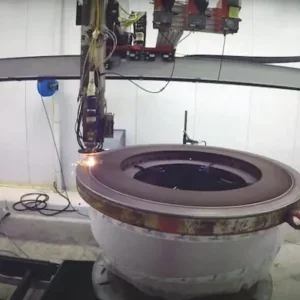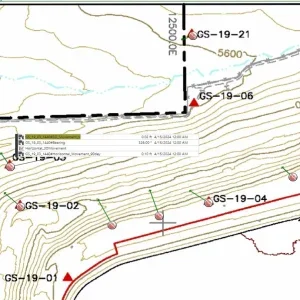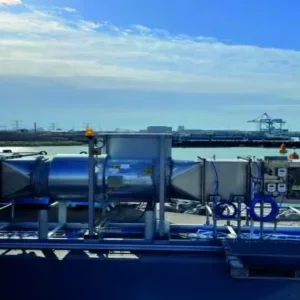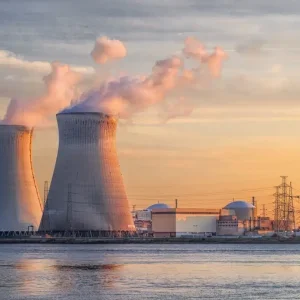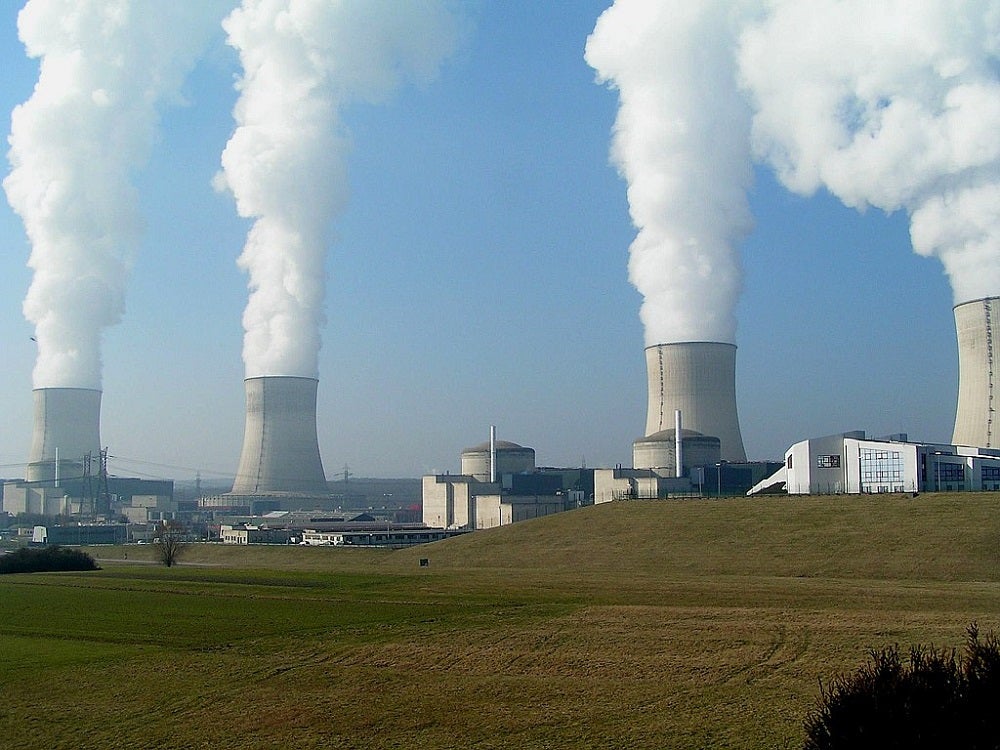
Speaking at a New Nuclear Watch Institute event in London, Alan Raymant, Kirsty Gogan and Humphrey Cadoux-Hudson explored how new infrastructure costs can be reduced to boost the appeal of nuclear power plant building in the effort to reach net zero.
As countries around the world seek out strategies to help transition to low-carbon power generation and meet emissions targets identified by the Paris Agreement, the nuclear industry faces a unique opportunity to establish itself as a relied-upon ingredient of the global sustainable energy mix.
The head of the New Nuclear Watch Institute (NNWI) think tank, Tim Yeo, recently called upon the nuclear industry to “seize the moment” as it stood at the crossroads of dealing with the “existential threat” of climate change – advocating for co-ordinated action to be taken immediately to address the issue, with nuclear central to providing a low-carbon alternative to fossil fuels.
While offshore wind and solar have enjoyed a considerable boost in investment and policy inclusion in recent years, nuclear energy has remained relatively inconspicuous in discussions around renewable strategy – due in part to the ghosts of a troubled safety history, but also the high costs associated with bringing such power plants online.
Spiralling nuclear power plant costs damage public perception of the industry
Constructing of a nuclear power station is a time-consuming, complex and costly endeavour, with many stages of design, planning permission and regulatory compliance required before building can begin.
The Flamanville project in northern France is a case in point, where operators EDF last month revealed construction is now running more than $9bn over budget and a decade behind schedule.
Therefore, a big challenge for the industry is to convince policymakers and investors that nuclear power can be a cost-effective element of renewable energy strategies, as well as persuading the public not to dismiss it in favour of alternatives such as solar and wind energy.
“It’s true to say that nuclear is losing the battle on cost, certainly in the public imagination, and we’ve got to address that,” says Alan Raymant, chief executive for the UK’s Bradwell B nuclear power station project, who addressed industry delegates in London at a recent event held by the NNWI.
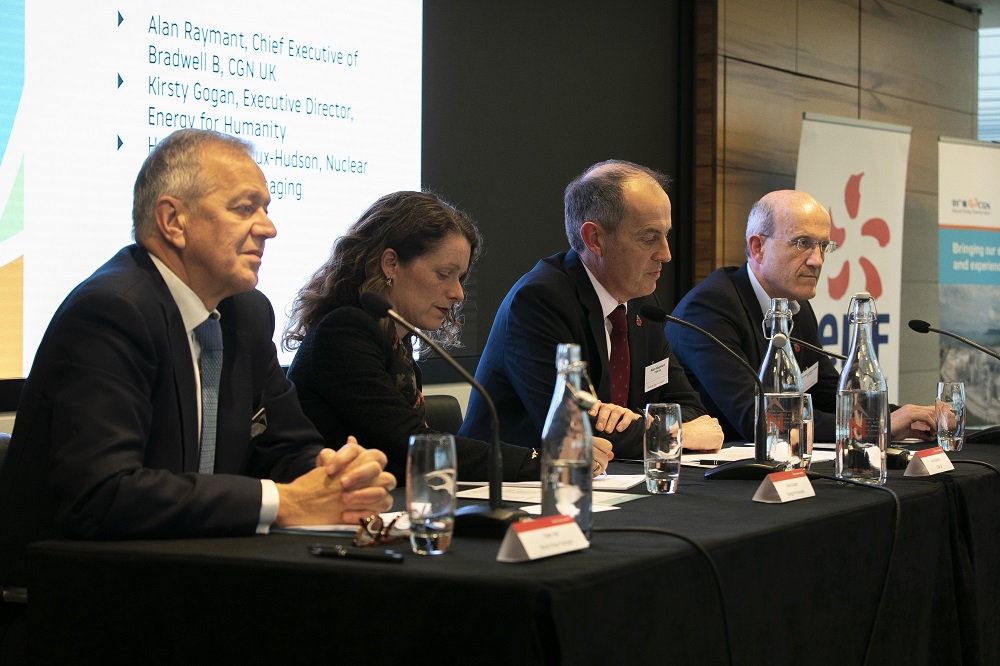
Bradwell B is currently in the early design and development stage, spearheaded by a partnership between Chinese energy firm CGN and France’s EDF.
It is intended to be the third collaboration between the two firms in the UK, after the forthcoming construction of Hinkley Point C in Somerset and Sizewell C Suffolk.
China has set the standard for replicating nuclear plants in series
The idea behind building multiple projects in series is to achieve significant cost reductions through replication – but Raymant is aware that to “win the hearts of the public”, proving that nuclear plants can be developed cost-effectively will be a crucial first step.
He adds: “Hinkley Point C has to be delivered successfully – if we don’t do that it’s going to be very hard to persuade anybody to invest in a programme beyond that.
“And we’ve got to show how building on the expertise that’s been gained from it leads directly to a reduction in costs.”
Raymant’s role on the Bradwell B project with CGN has given a glimpse of how China’s nuclear sector has approached the task of building new infrastructure, and he believes there is much to be learned for other countries including the UK.
He says: “The key experience I would draw from China is in setting out to deliver a programme of nuclear plants over a sustained period of time.
“This has enabled them to build their expertise, recycle that into subsequent projects, build it into the supply chain and become a lot more self-sufficient than at the start of the programme.
“They have that long-term perspective of what’s coming down the track, and are able to plan on that basis – that’s not the way it works in the UK, where things are done on an individual basis and policy is not as stable as we’d like it to be.”
CGN is the world leader when it comes to building new nuclear infrastructure, with the development of six new units currently underway, which will add 7.5 gigawatts (GW) of power to the 22 units already in operation in the country.
Delivering on schedule is crucial to minimising nuclear power plant costs
This strategy of sequencing the replication of multiple projects to achieve cost reductions through resource and design efficiency can be an effective path, according to Energy for Humanity executive director Kirsty Gogan, who has carried out detailed research into the main cost drivers behind new nuclear power infrastructure.
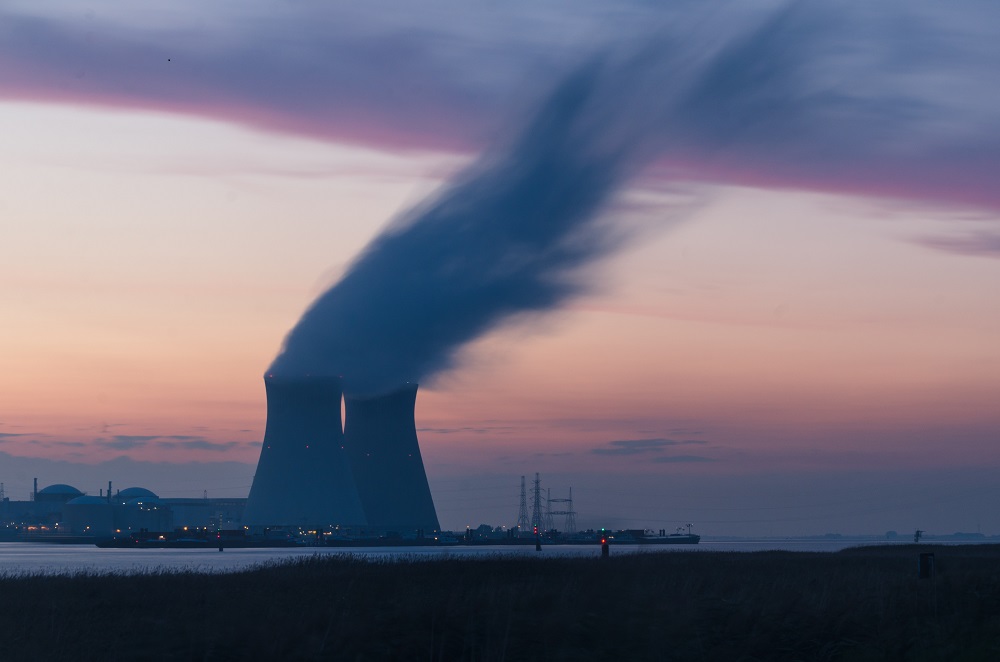
There is no getting beyond the fact that “first-of-a-kind” developments are an expensive business, she says, but through careful planning and project execution, cost reductions can be delivered through repetition – making nuclear a “competitive” energy option alongside other alternatives.
“When you look at the recent experience in Europe and the US, nuclear does look expensive and slow,” she says.
“But this discussion is based on an extremely small sample size of what are essentially first-of-a-kind projects happening in countries that haven’t built new nuclear projects for a generation.
“The first time you build a very complex, major piece of infrastructure it’s going to be complicated and slow and expensive.
“But the vast majority of nuclear new build that is happening today is extremely competitive and being built at sensible schedules compared with fossil fuels and even renewables.”
According to Gogan, one of the single most important factors in minimising project costs is delivering on schedule – because delays mean having to borrow more money for longer periods, which drives up the overall cost of financing.
She says: “Broadly speaking, the cost of materials and equipment remains the same wherever you are – so this isn’t country or technology-specific, it’s about excellent project management and construction execution and that comes from getting good at it.
“The most significant drivers of cost are indirect services and financing. Extending the length of your schedule is a key factor determining what your costs are going to be – because you are borrowing more money for longer.”
Copying Hinkley Point C design will deliver cost benefits to Sizewell C and Bradwell B
In the UK, construction of the Hinkley Point C plant is now well-underway, with completion of the “J-zero” reactor’s base achieved in June.
It was a significant construction milestone for the power station, although in September EDF confirmed that overall costs for the project were expected to reach more than £3bn ($3.9bn) above what had been anticipated, as a result of “challenging ground conditions”.
As the first-of-a-kind plant construction in a planned trilogy, unexpected increases in development costs are to be expected – but the hope is that by replicating the overall design at Sizewell C and Bradwell B significant cost reductions will be realised in these future projects.
EDF nuclear development managing director Humphrey Cadoux-Hudson says: “The impact of making a copy at Sizewell will be at least 20% coming out of the cost.
“It’s not difficult to identify. It’s simply not spending the money on what you need to do to make a first-of-a-kind project – engineering, design, qualification.
“Around half the cost of Hinkley to the consumer is that of construction and financing the risks of construction.
“Making a copy allows us to attack both of those. Financing the risk of construction is much bigger than the cash cost, so by attacking both we have an opportunity to make a significant reduction.
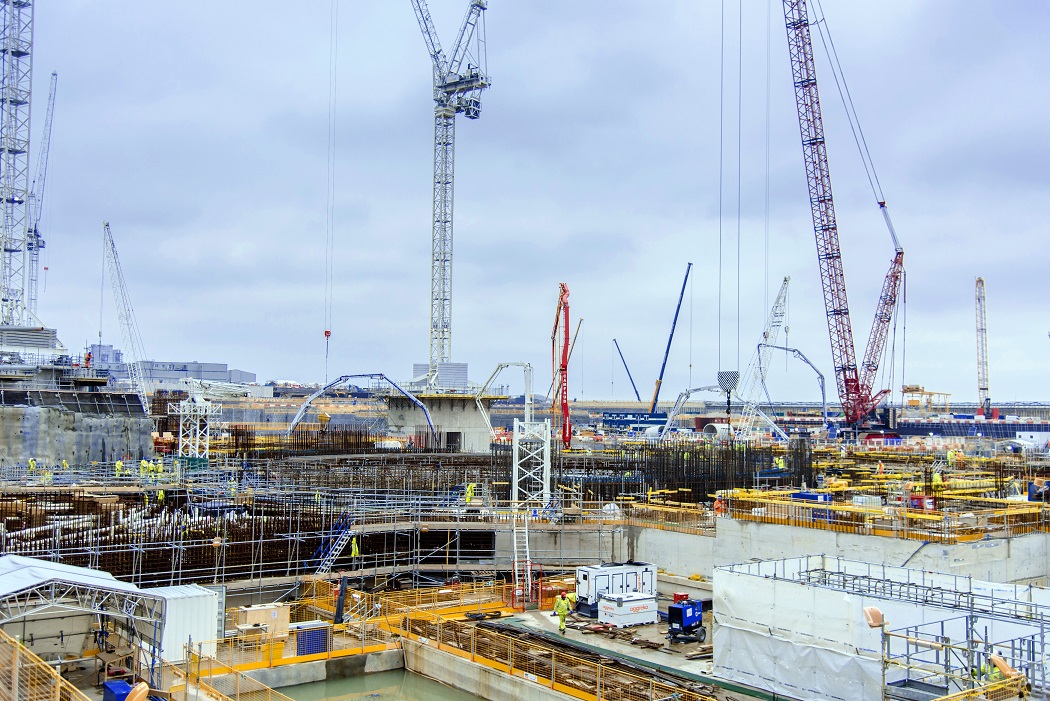
“In the offshore wind industry we can see the same pattern, where the biggest reduction has been in the cost of financing because the process of building an offshore wind farm is now well-understood, there’s a great track record of delivering and the cost of construction has come down.”
Hinkley Point C can become an ‘energy centre’
There is also the potential to use Hinkley Point C as a diversified “energy centre”, rather than just a straightforward nuclear power plant, according to Cadoux-Hudson.
He adds: “When we’re operating, Hinkley Point will be producing 4.5GW of steam, converted into 1.6GW of electricity, and the difference is washed out through the cooling system.
“So we can ask ourselves ‘is there any other use for that energy?’
“One of the things we’re looking hard at is the possibility of making synergies between a nuclear power plant and other processes.
“For instance, there’s an energy storage project at the moment based on liquefying and re-gasifying air – and regasification needs energy, so the surplus energy we have at the plant could be used for that.
“Alongside that there’s a real interest in hydrogen, and I think there’s a very interesting thing to be done in finding a connection between nuclear and hydrolysis, such as high temperature electrolysis using steam from the boiler.
“As we look forward over time we have to open our minds to different solutions. This idea of an energy centre that clusters industrial processes to make better use of heat and conserve it through different processes is analogous to the work that’s being done in carbon capture and storage.”


